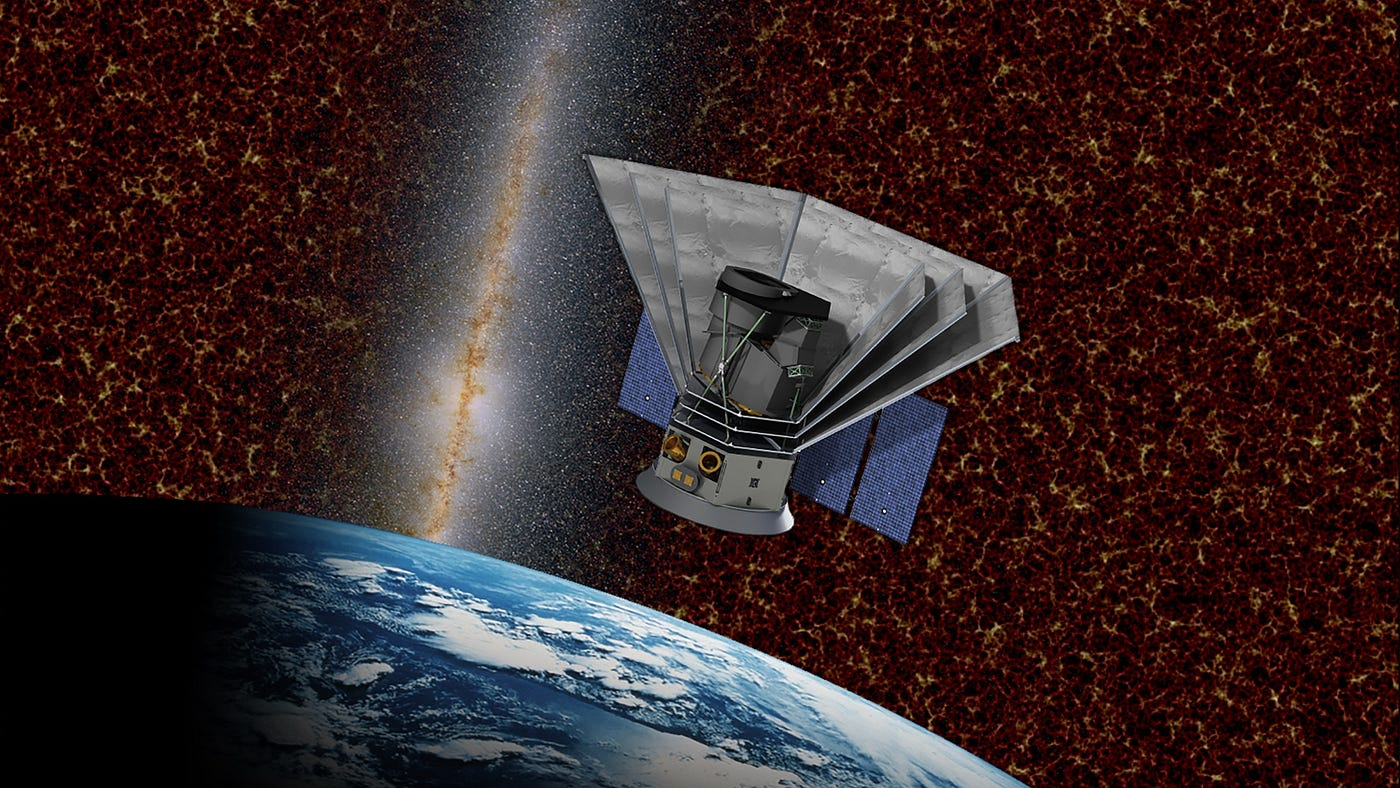zoomacademia.com – The Sun, an average-sized star in the vast cosmos, holds a unique and pivotal position in the life of our planet and the solar system. Its role as the “center of the stars” on Earth’s orbit is not only a scientific truth but also an essential aspect of why life exists on our world. Here’s a closer look at why the Sun occupies this crucial central role.
1. Gravitational Dominance
The Sun is the most massive object in our solar system, containing about 99.8% of its total mass. This immense mass generates a gravitational pull so strong that it governs the motion of all the planets, moons, asteroids, and comets within the solar system. Earth and the other planets orbit the Sun because of this gravitational force. Without the Sun’s dominance, the planets would drift aimlessly through space.
2. The Source of Light and Energy
As a giant nuclear reactor, the Sun fuses hydrogen into helium, releasing an enormous amount of energy in the form of light and heat. This energy radiates throughout the solar system, providing the warmth and illumination necessary for life on Earth. Our planet’s position within the Sun’s habitable zone—often called the Goldilocks zone—ensures that we receive just the right amount of energy to sustain liquid water, a key ingredient for life.
3. Anchoring the Solar System’s Structure
The solar system’s arrangement, with the Sun at the center, is a result of its formation approximately 4.6 billion years ago. The Sun formed from a collapsing cloud of gas and dust, and its gravitational influence caused the remaining material to coalesce into planets, moons, and other celestial objects. The Sun’s central position ensures the stability of the planets’ orbits, allowing them to maintain consistent paths over billions of years.
4. A Cosmic Reference Point
From Earth, the Sun appears as the brightest and most dominant star, providing a fixed point of reference for time and navigation. The Earth’s orbit around the Sun defines the year, while the tilt of Earth’s axis relative to its orbit creates the seasons. This cyclical motion has guided human activities, agriculture, and cultural rituals for millennia.
5. The Bridge Between Stars and Life
While stars abound in the galaxy, the Sun’s proximity makes it uniquely influential. It bridges the gap between the cold, vast expanse of space and the vibrant, life-supporting environment of Earth. Its light nurtures plants, drives weather patterns, and powers the ecosystems upon which all living beings depend.
Conclusion
The Sun’s role as the center of Earth’s orbit is a testament to the delicate balance that sustains our planet and its ecosystems. It serves as a gravitational anchor, an energy provider, and a cosmic constant, influencing every aspect of life on Earth. By understanding the Sun’s centrality, we not only appreciate its scientific importance but also recognize the intricate interplay of forces that make our existence possible.







